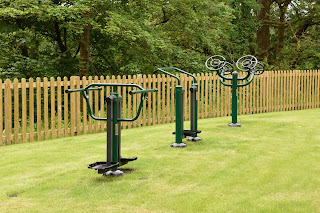Furniture for Schools: Enhancing Learning Environments with Quality School Furniture
The Importance of Furniture for Schools
School furniture serves more than just a practical purpose; it shapes the entire educational atmosphere. Comfortable desks and chairs encourage students to participate actively in lessons, while flexible furniture options support collaborative and individual learning styles. Properly designed furniture for schools also promotes good posture, reducing health issues such as back pain or eye strain, which can hinder academic performance over time.
Moreover, the right furniture can adapt to different teaching methods. For example, modern classrooms often incorporate modular desks that can be easily rearranged for group work or individual study. This flexibility allows teachers to create dynamic lessons and encourages student interaction. In addition, durable furniture withstands the wear and tear of daily use, making it a cost-effective investment for schools.
Types of School Furniture
When considering school furniture, it’s important to think about the diverse needs of students and educators. Key items include:
Desks and Tables: Available in various sizes and styles, these form the core of most classrooms. Adjustable desks are especially popular as they accommodate students of different heights and promote ergonomic sitting.
Chairs: Ergonomic chairs that support proper posture and comfort are vital. Stackable or mobile chairs provide flexibility in classroom arrangements.
Storage Solutions: Cabinets, shelves, and lockers help keep classrooms organized and clutter-free, fostering a conducive learning environment.
Specialized Furniture: Labs, art rooms, and libraries require specialized furniture such as lab benches, art tables, and reading nooks designed to meet specific educational activities.
Innovations in School Furniture
The evolution of educational furniture is driven by advances in design and technology. Today, many school furniture options incorporate features like adjustable heights, lightweight materials, and eco-friendly manufacturing. Some schools are also adopting smart furniture with integrated technology, such as charging stations for devices or interactive surfaces, to support digital learning.
Moreover, the emphasis on inclusive education has led to the development of accessible furniture that accommodates students with disabilities. This ensures that every student has equal opportunities to participate in classroom activities comfortably and safely.
Choosing the Right School Furniture
Selecting the ideal furniture for schools involves considering factors like durability, safety, comfort, and adaptability. It's important to choose suppliers that offer high-quality products designed specifically for educational settings. Additionally, the aesthetic appeal of furniture can influence the overall ambiance, making the classroom a welcoming space that stimulates learning.
Involving teachers, students, and administrators in the selection process can help identify practical needs and preferences. Moreover, investing in ergonomic and flexible furniture can provide long-term benefits, including improved health and enhanced learning experiences.
Conclusion
In summary, school furniture plays a critical role in shaping effective learning environments. From desks and chairs to storage solutions and innovative designs, the right furniture can promote comfort, safety, and adaptability in educational settings. As educational needs evolve, so does the importance of investing in high-quality furniture for schools. For those seeking reliable and customizable options, visit [YourWebsite.com], a trusted supplier specializing in educational furniture solutions. Ensuring that your school is equipped with the best furniture can make a significant difference in student engagement and academic success.




Comments
Post a Comment